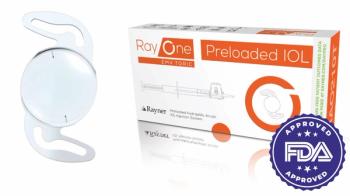
Presbyopia-correcting IOLs: Expanding, improving last frontier
Optical quality and retinal quality are essential elements of the performance of any IOL. Physicians can define success by determining how much of each issue is involved in any procedure.
This article was reviewed by Dr. Jorge Alio, MD, PhD
Presbyopia-correcting
“These technologies have resulted in tremendous changes in clinical practice,” said Jorge Alio, MD, PhD. “Selecting the appropriate presbyopia-correcting
Related: Light-adjustable IOL technology creates novel treatment window
Presbyopia-correcting IOL choices
The current trends in the new multifocals (mf)
“The new models combine manipulation of aberrations with multifocality and are referred to as a new hybrid mfIOL,” he explained.
Extended-depth-of-focus (EDOF)
This is the most recent technologic advance to become available for treating presbyopia.
According to Dr. Alio, these lenses manipulate the IOL’s spherical aberration (SA) so that the incoming light waves are elongated, which eliminates both the overlap of near and far images and the halos. These
Related: Examining comparable surgical methods for IOL dislocation
A number of companies have investigated this approach. Dr. Alio mentioned the Wichterle
Another way of achieving the EDOF effect is use of the pinhole effect. The IC-8 (AcuFocus, Inc.), which uses a small aperture, achieves an extended and continuous range of vision using an embedded opaque annular mask of 1.36 mm that blocks unfocused paracentral light rays and permits paraxial light rays to enter. The XtraFocus Pinhole Implant (Morcher) is based on the same principle using a smaller pinhole of 1.3 mm.
The EDOF
Related: The future: Development of true accommodative IOLs
Hybrid models
The disadvantages of the EDOP IOLs led to the development of mfIOLs with an EDOF system. “The multifocality and EDOF characteristics are not exclusive of each other,” Dr. Alio noted.
The hybrids balance three interrelated factors: visual acuity, depth of field, and dysphotopsias. The increasing depth of field and decreasing multifocality are tempered to avoid the negative impact on the near vision. The Tecnis Symfony (Johnson & Johnson Vision) was the first such IOL with a 1.75-diopter near add with increased depth of focus. The AcrySof IQ panoptix (Alcon) is a mfIOL that adds a negative SA on the anterior surface to compensate for the positive SA of the human cornea.
Related:
New refractive mfIOLs
The refractive
The former
“Some of the so-called EDOF
Related:
Other options
The Care Group introduced the Presby IPCL, a trifocal diffractive optic that is implanted in the sulcus to treat patients with advanced presbyopia.
Add-on piggyback mfIOLs are another option. The Sulcoflex (Rayner), a hydrophilic acrylic implanted in the sulcus. The results have shown that this IOL implanted atop a previously implanted monofocal
An important question that remains unanswered is whether accommodation can be restored by an
Dr. Alio and colleagues have investigated this problem in a primate model and determined that there is no accommodative force in the capsular bag related to ciliary body stimulation 6 months postoperatively, which demonstrated that the sulcus and not the bag is the place for an accommodative IOL. The Lumina (Akkolens), an sulcus-based accommodative IOL has so far produced good results. The results indicated that this IOL restored visual function, accommodation, and contrast sensitivity after cataract surgery with no affect on the contrast sensitivity, he reported.
Related:
Conclusions
Dr. Alio emphasized issues surrounding presbyopic
“Optical quality and retinal quality are essential elements of the performance of any
Dr. Alio explained that the most relevant factor is the quality of the retinal image. Study of the defocus curves has made it clear that EDOF IOLs are insufficient for near vision and good for far vision. He noted that new presbyopic IOLs represent opportunities for the present and future, and urged clinicians to choose their
“To use the EDOF, mfIOLs, and hybrids properly, we must be aware of what they offer and how they fit our patients’ needs,” he concluded. “There currently is confusion in terminology caused by an inappropriate commercial bias, leading to misinformation for practicing clinicians. Artificial intelligence
Read more by Lynda Charters
Jorge Alio, MD, PhD
E: [email protected]
Dr. Alio is a consultant to numerous lens manufacturers, many of which have provided funds for research projects.
Newsletter
Don’t miss out—get Ophthalmology Times updates on the latest clinical advancements and expert interviews, straight to your inbox.


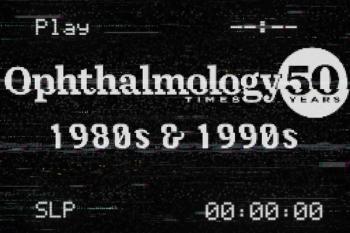

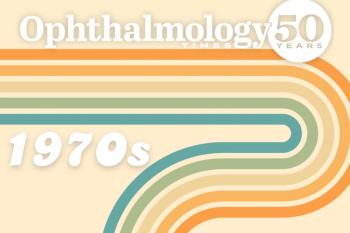
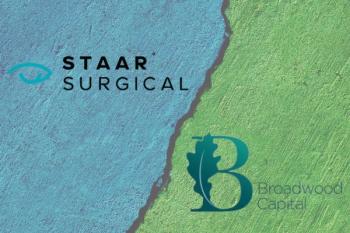



























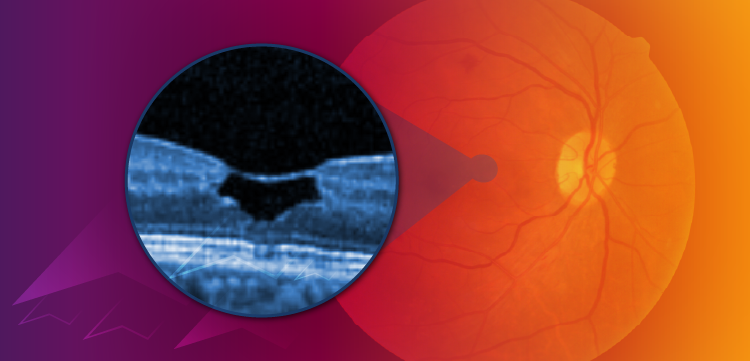




















.png)


